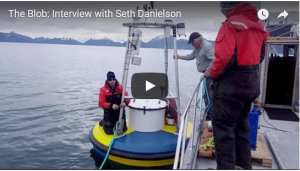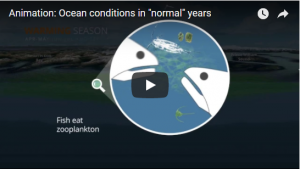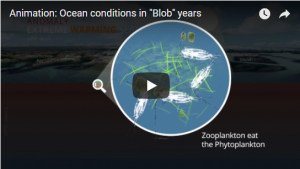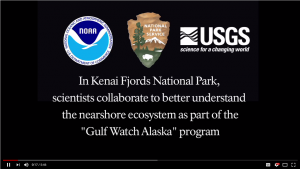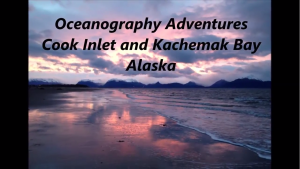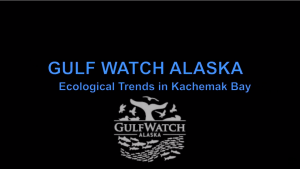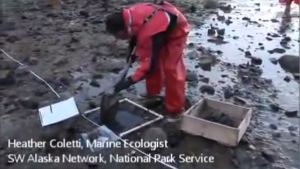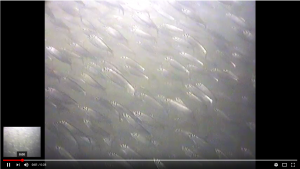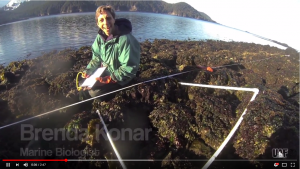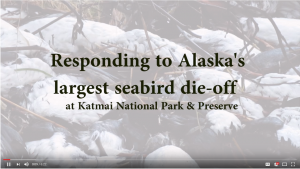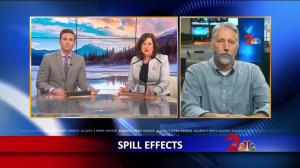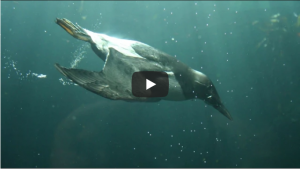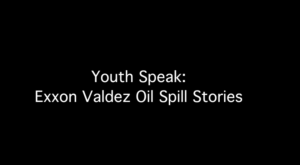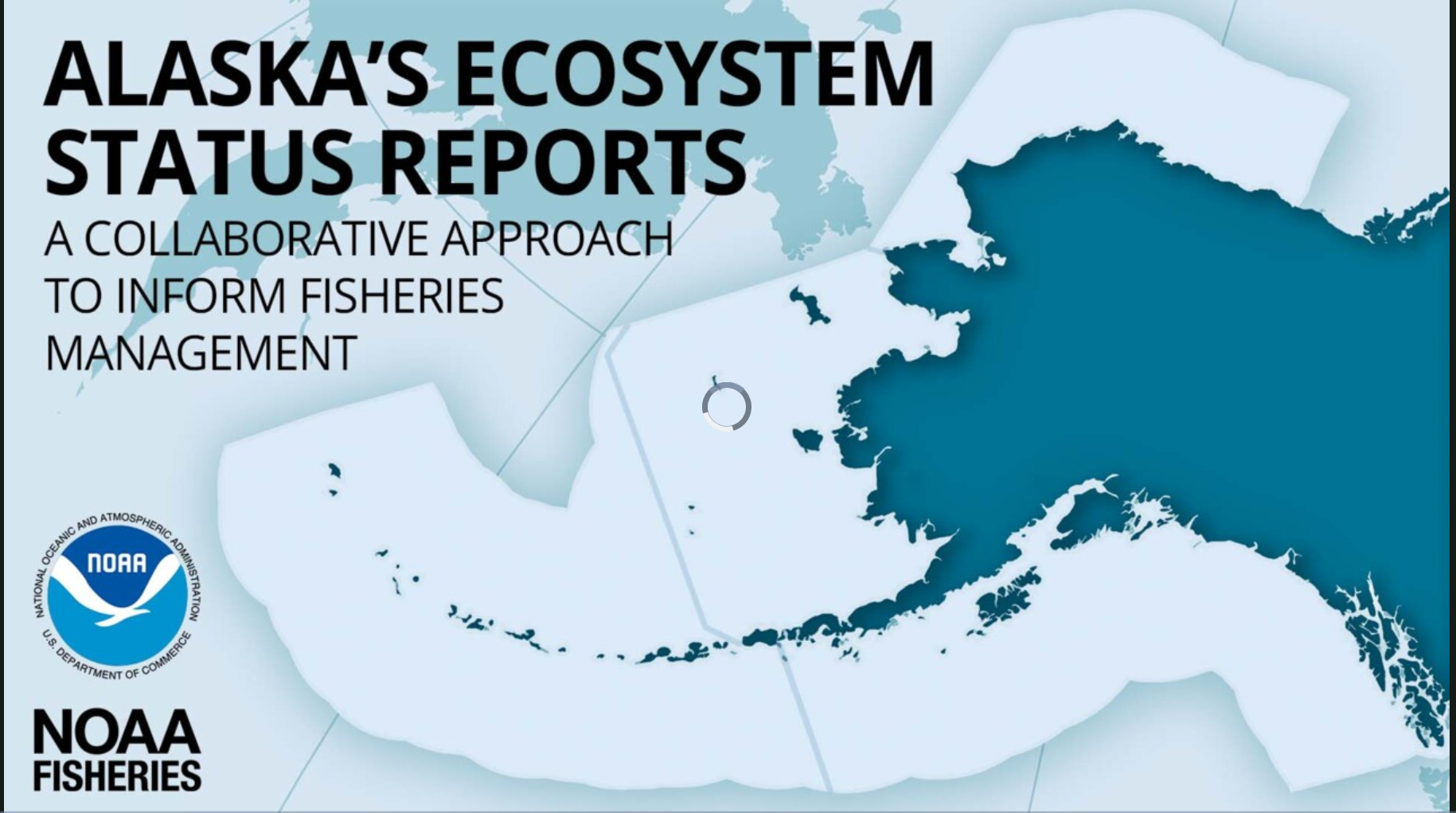Photos
Environmental Drivers Component
-
 Magnified image of a copepod captured in the continuous plankton recorder. Photo credit: Sonia Batten
Magnified image of a copepod captured in the continuous plankton recorder. Photo credit: Sonia Batten -
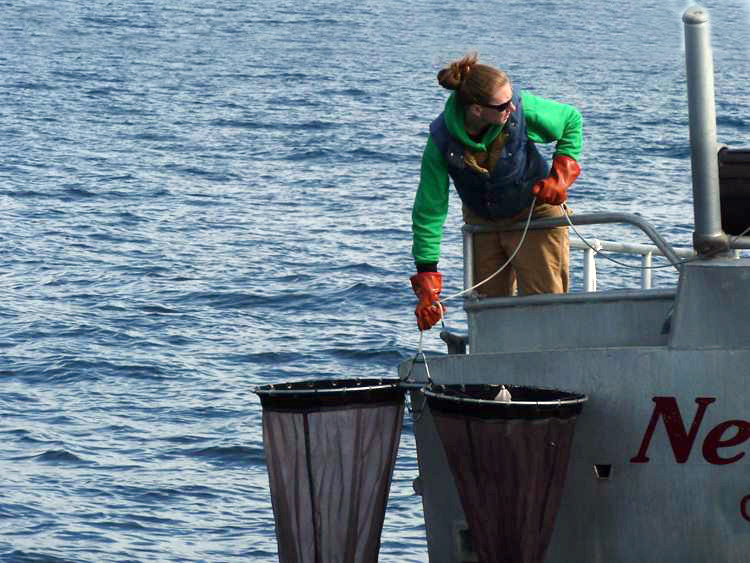 Zooplankton are captured in large, fine-mesh nets that are pulled vertically through the ocean surface layer.
Zooplankton are captured in large, fine-mesh nets that are pulled vertically through the ocean surface layer. -
 Recovered temperature, salinity, fluorescence recorder instrument from a stationary mooring. Photo courtesy of David Leech.
Recovered temperature, salinity, fluorescence recorder instrument from a stationary mooring. Photo courtesy of David Leech. -
 Deployment of the continuous plankton recorder behind a vessel. Photo credit: Sonia Batten
Deployment of the continuous plankton recorder behind a vessel. Photo credit: Sonia Batten -
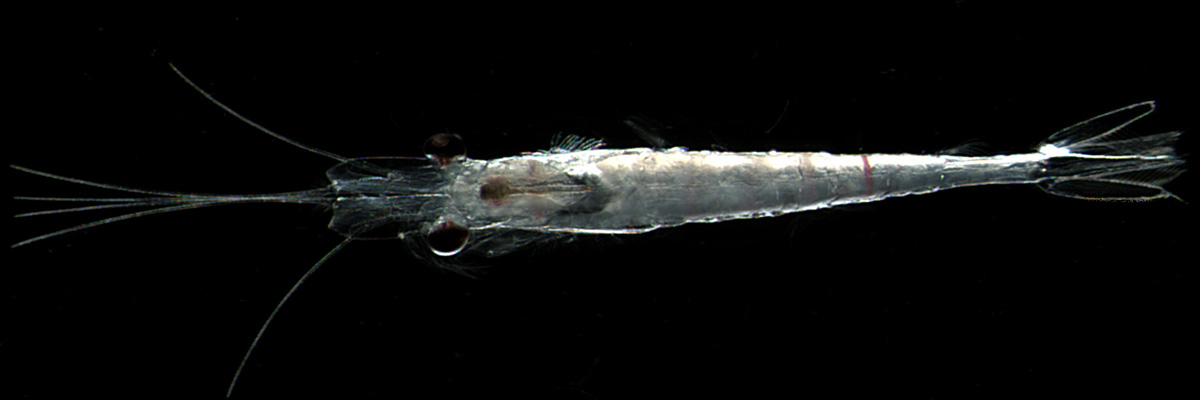 Krill are key prey animals in the Gulf of Alaska marine food webs. Photo credit: Russ Hopcroft.
Krill are key prey animals in the Gulf of Alaska marine food webs. Photo credit: Russ Hopcroft.
Nearshore Component
-
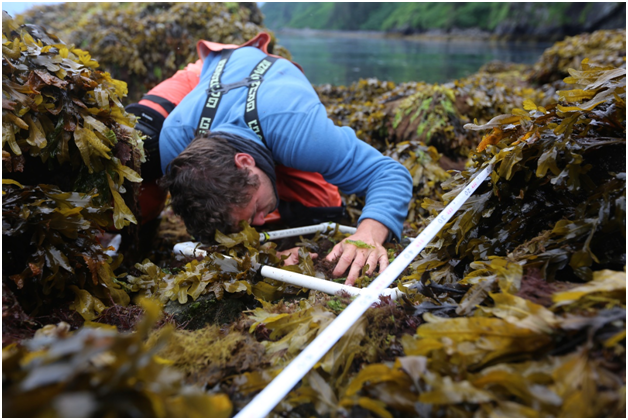 A researcher quantifies intertidal organisms within a quadrat.
A researcher quantifies intertidal organisms within a quadrat. -
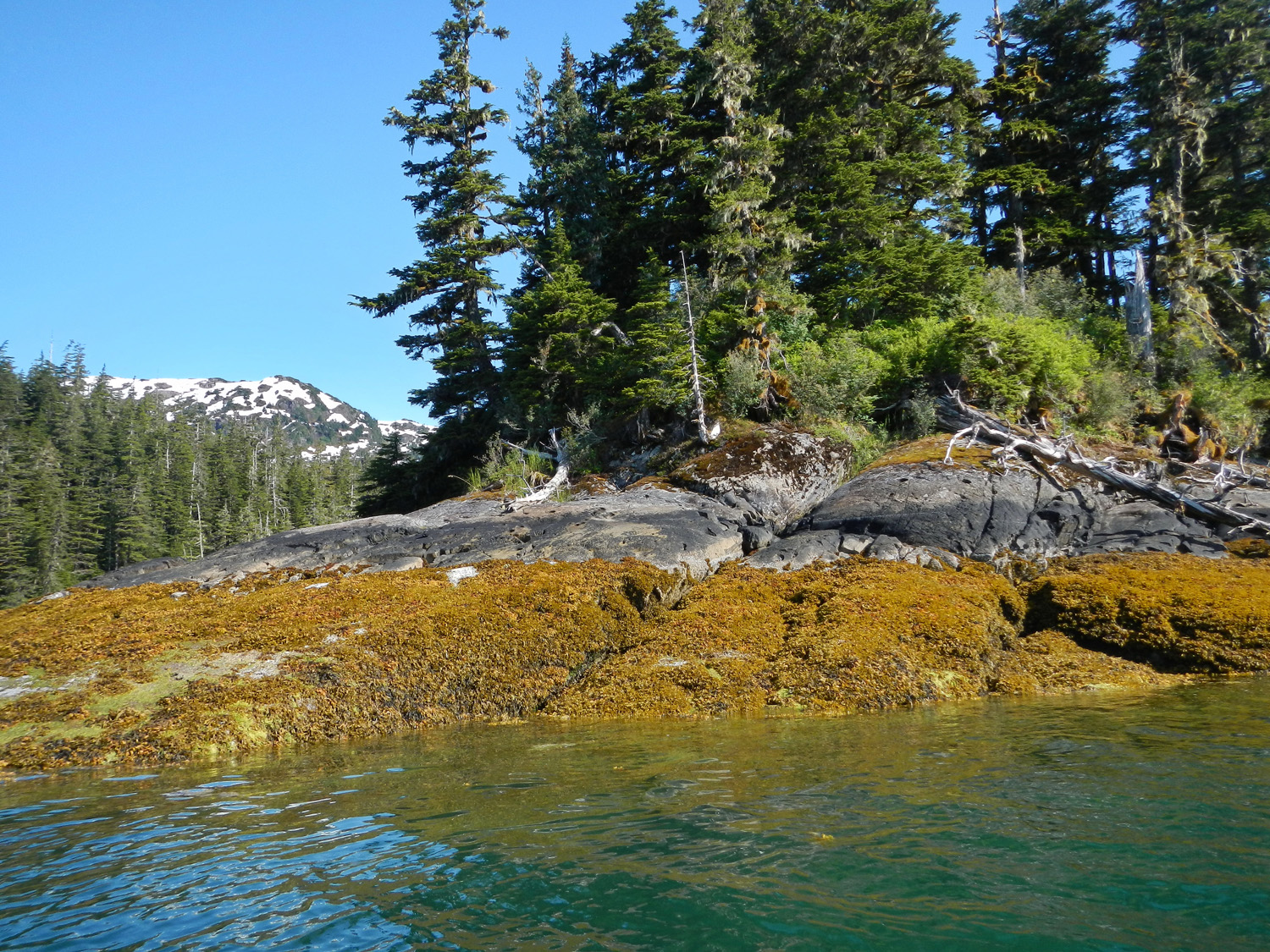 Whale Bay sampling site with dominant biobands of Black sea side lichen, Verrucaria spp. and Rockweed, Fucus gardneri
Whale Bay sampling site with dominant biobands of Black sea side lichen, Verrucaria spp. and Rockweed, Fucus gardneri -
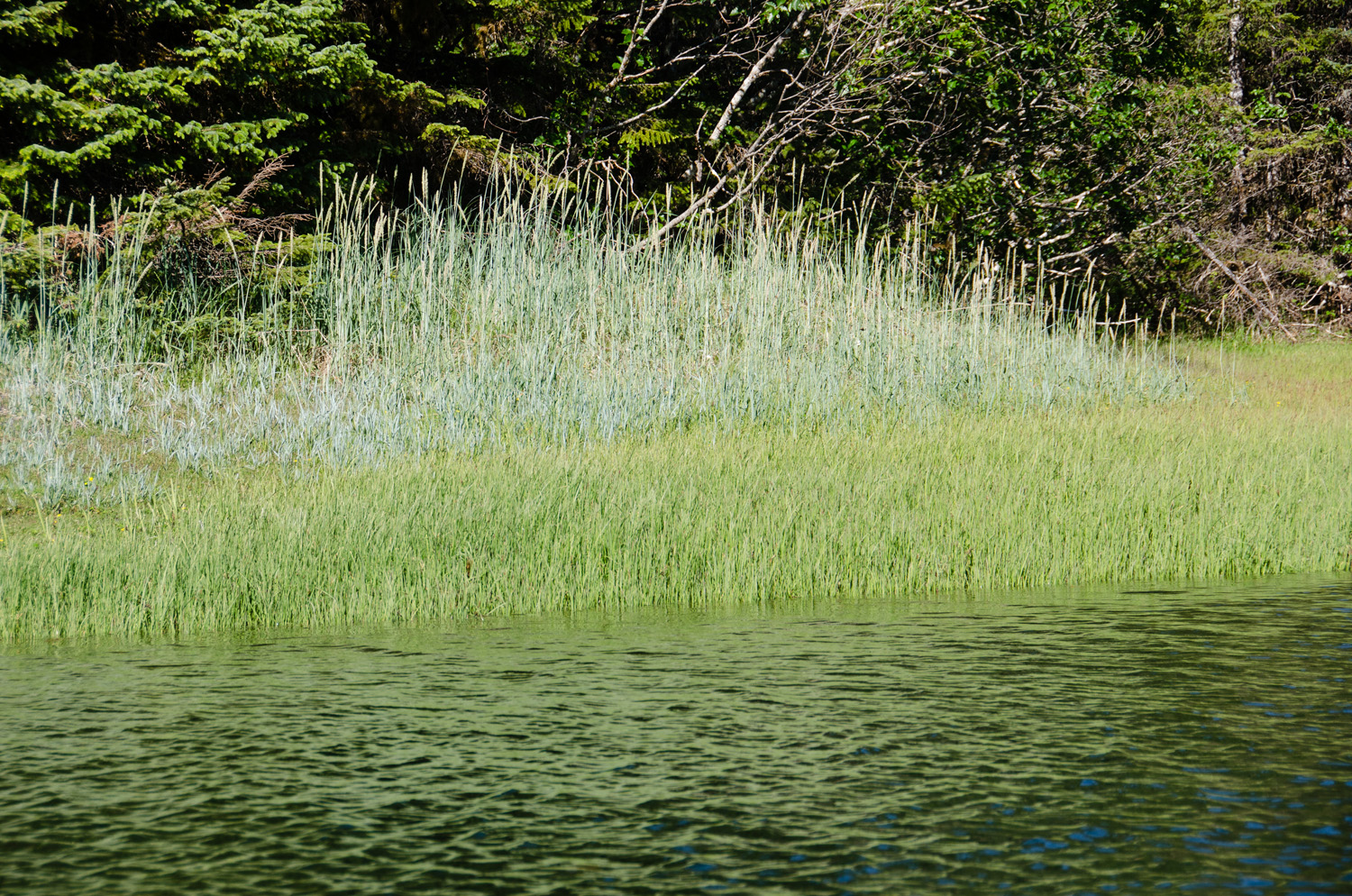 Iktua Bay sampling site with fringing wetlands, including dune grass and sedges.
Iktua Bay sampling site with fringing wetlands, including dune grass and sedges. -
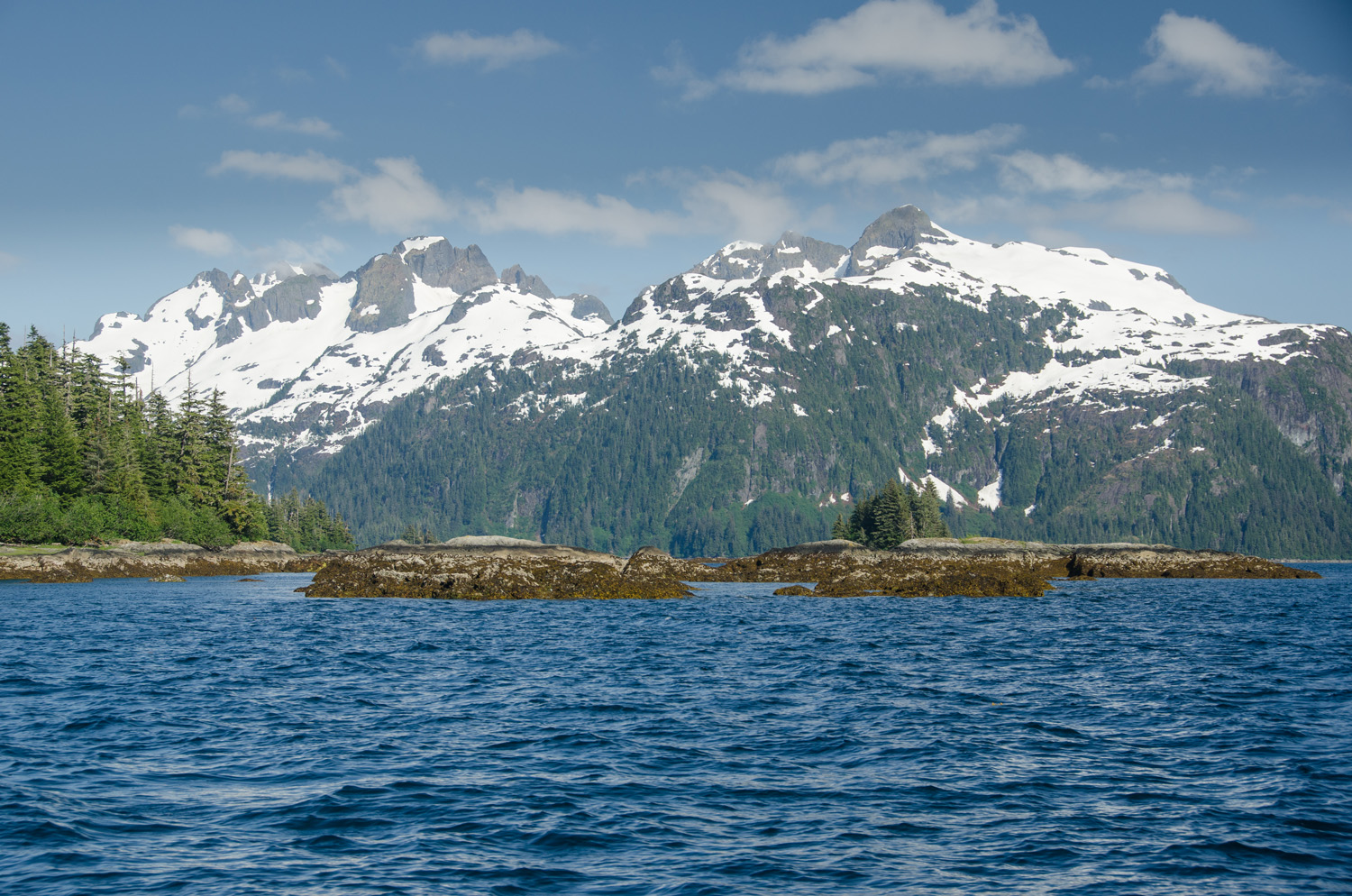 Sampling site outside Drier Bay.
Sampling site outside Drier Bay. -
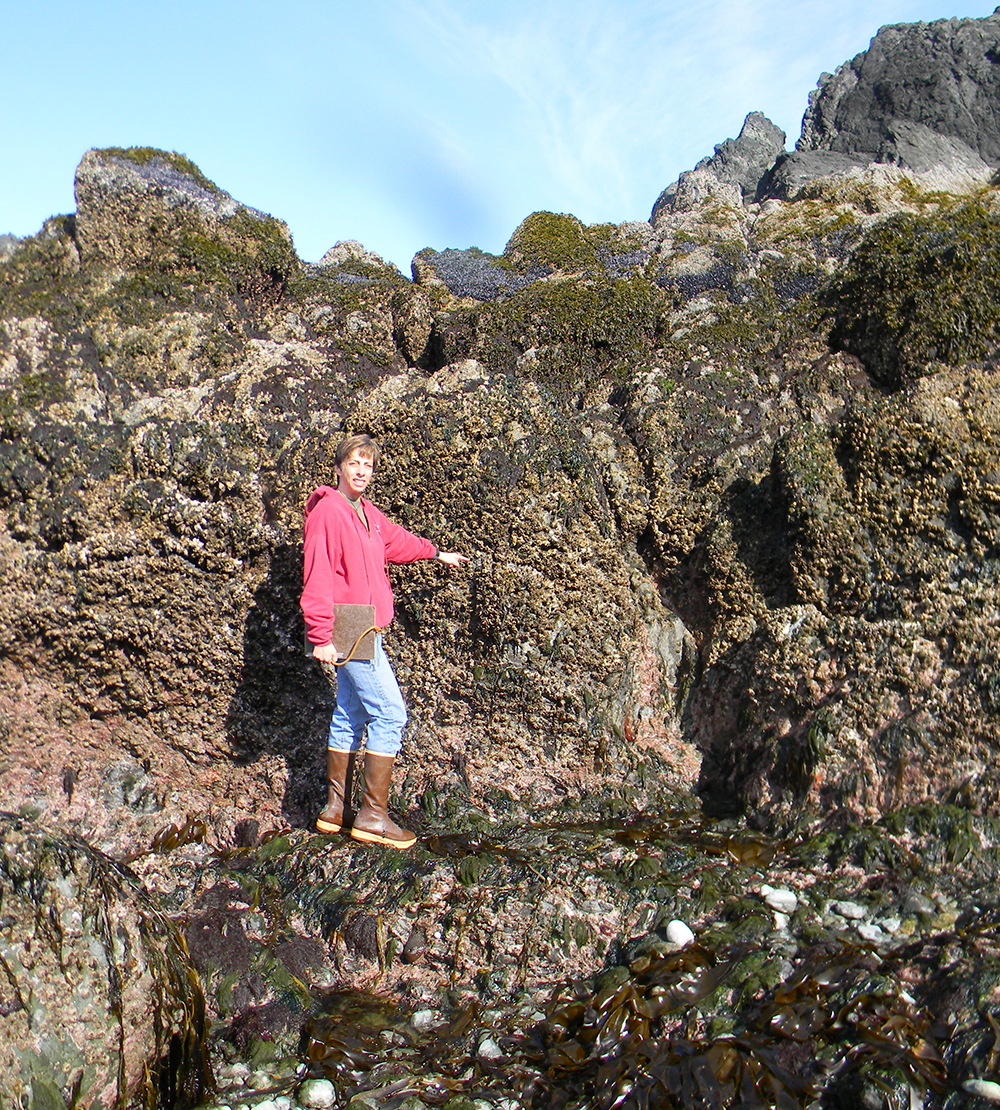 Brenda Konar samples in the lower intertidal zone.
Brenda Konar samples in the lower intertidal zone.
Pelagic Component
-
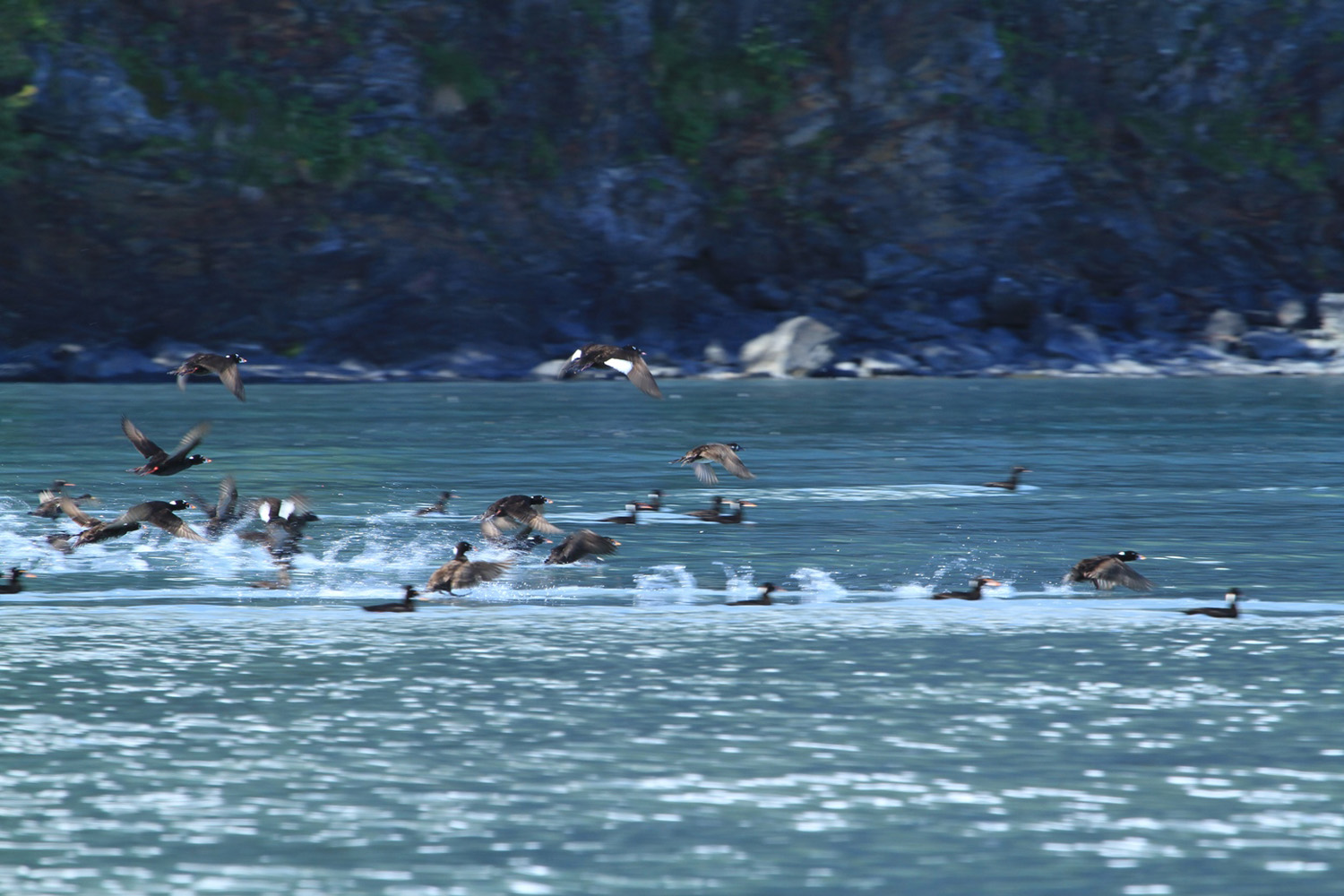 Surf Scoters take flight. Photo credit: Elizabeth Labunski
Surf Scoters take flight. Photo credit: Elizabeth Labunski -
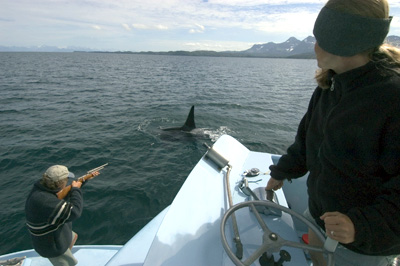 Gulf Watch principal investigator, Craig Matkin, takes a biopsy sample from a killer whale.
Gulf Watch principal investigator, Craig Matkin, takes a biopsy sample from a killer whale. -
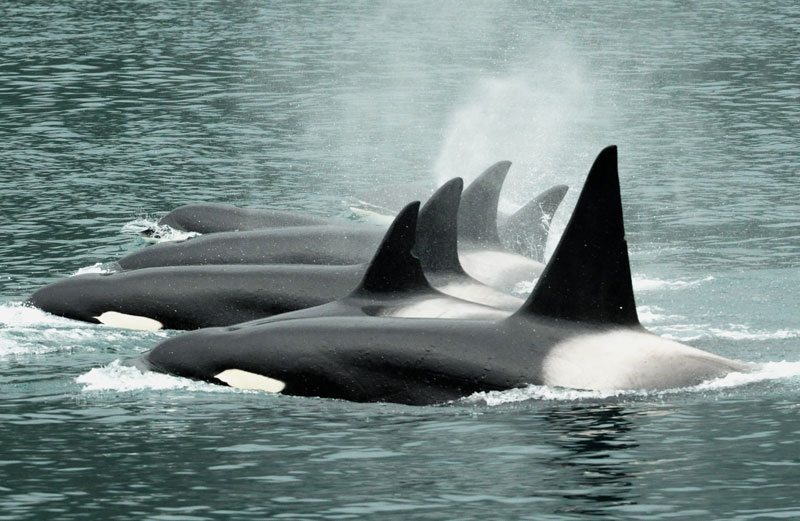 A travelling pod of killer whales. Photo Credit: C. Matkin, permit 545-4761-00
A travelling pod of killer whales. Photo Credit: C. Matkin, permit 545-4761-00 -
 Mother and calf killer whales. Photo Credit: C. Matkin, permit 545-4761-00
Mother and calf killer whales. Photo Credit: C. Matkin, permit 545-4761-00 -
 Killer whale surfaces. Photo credit: Craig Matkin, 545-1761-00
Killer whale surfaces. Photo credit: Craig Matkin, 545-1761-00 -
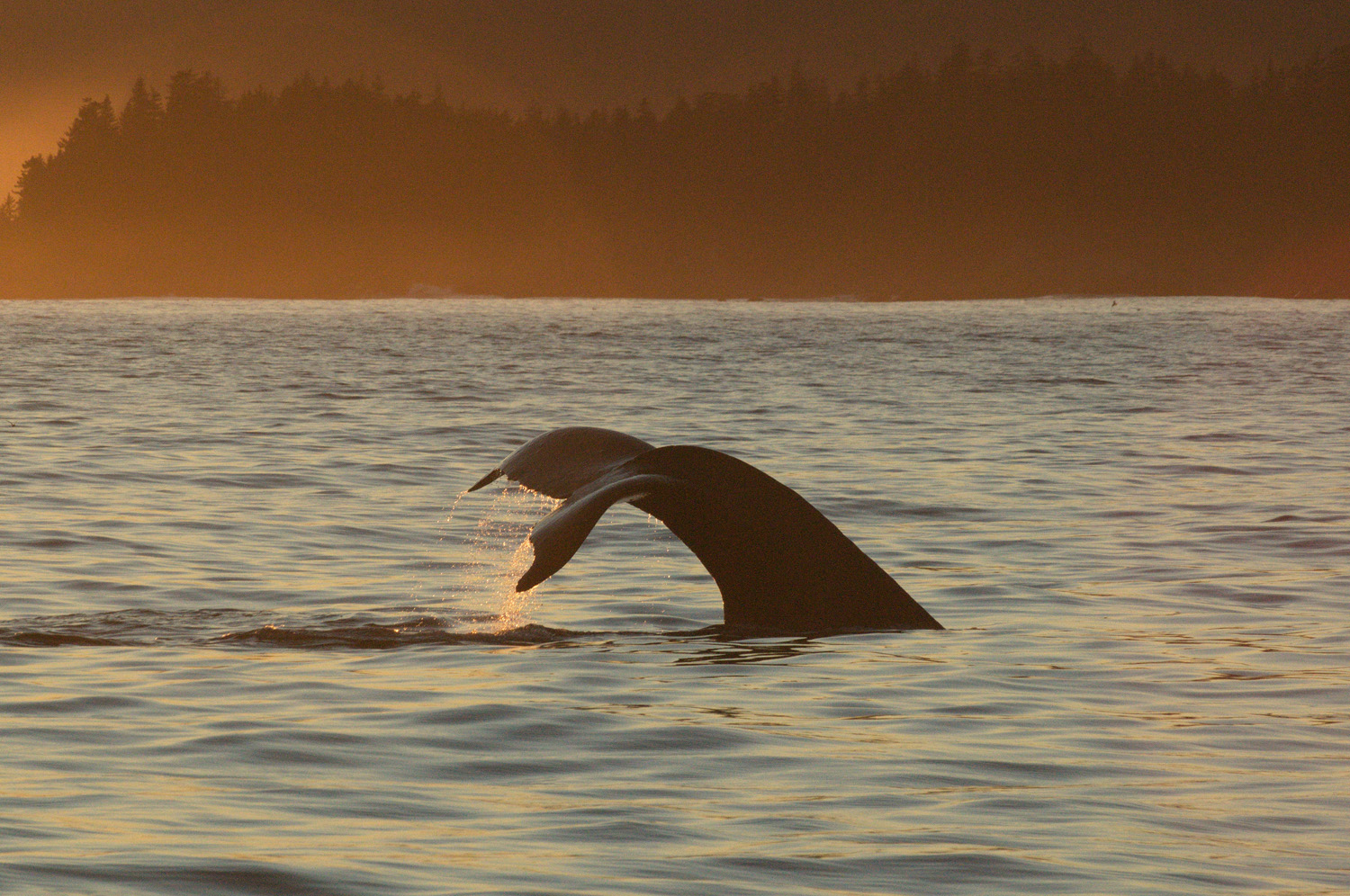 Diving humpback whale. Photo credit: J. Moran, permit #14122
Diving humpback whale. Photo credit: J. Moran, permit #14122 -
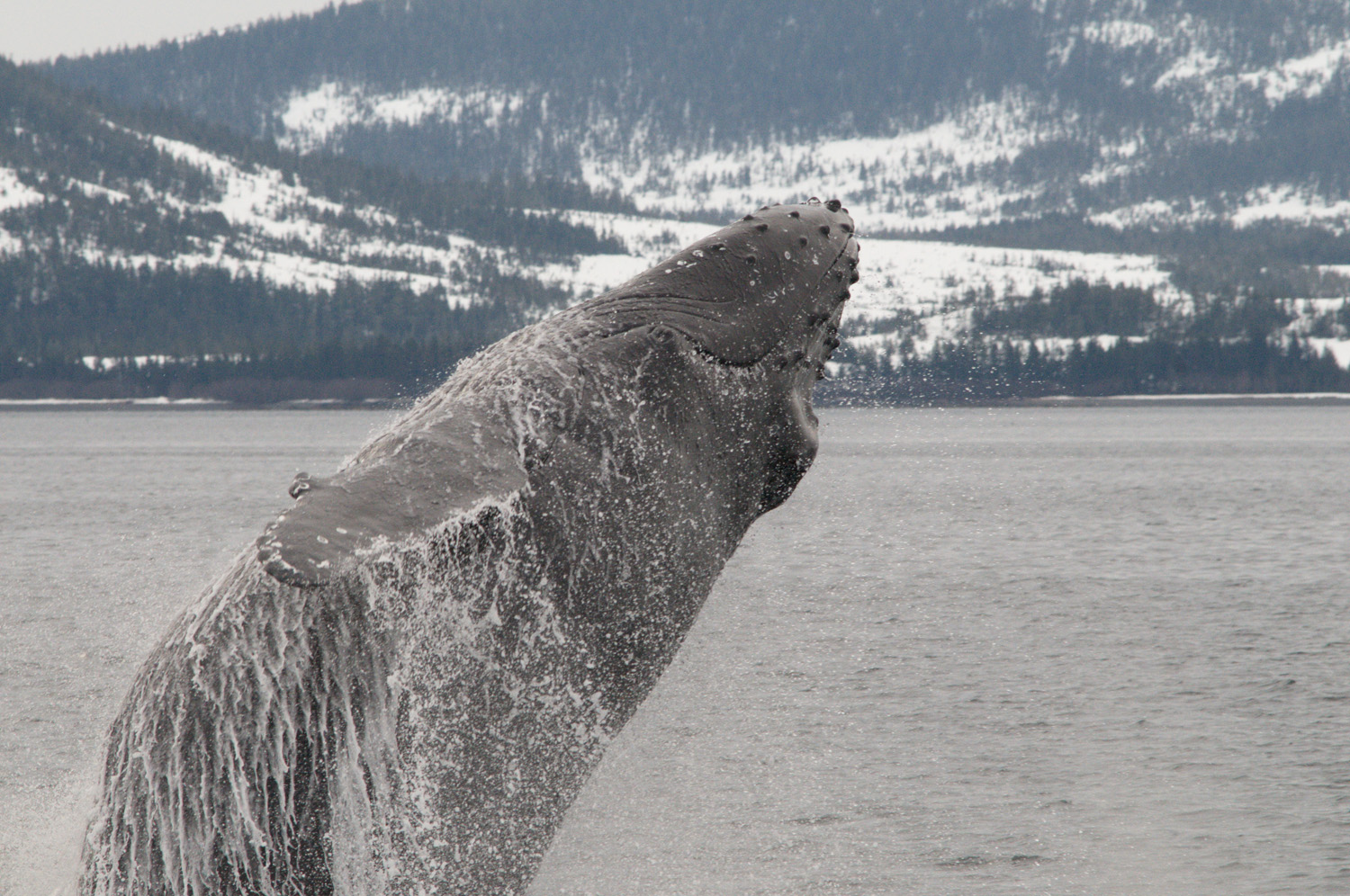 Humpback whale breaching. Photo credit: J. Moran, permit #14122
Humpback whale breaching. Photo credit: J. Moran, permit #14122 -
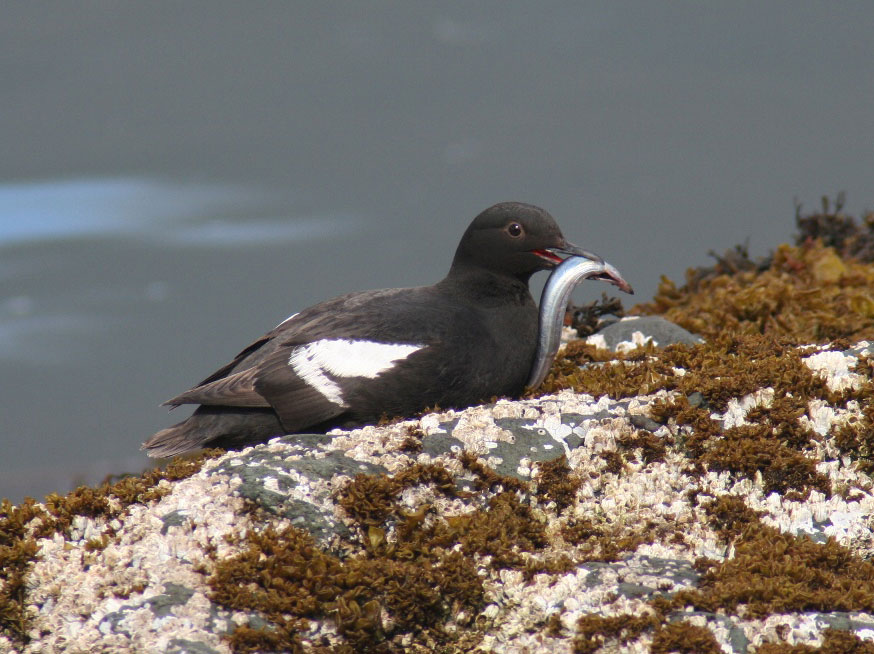 Pigeon guillemot foraging on a Pacific sand lance. Photo by Tamara Zeller, USFWS.
Pigeon guillemot foraging on a Pacific sand lance. Photo by Tamara Zeller, USFWS. -
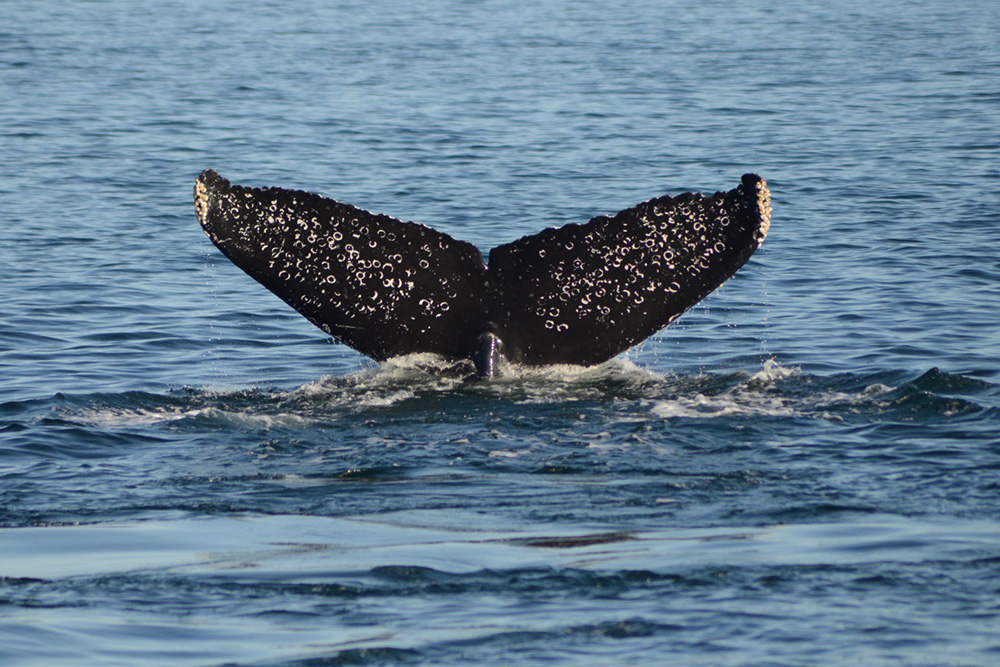 Like fingerprints, unique markings and distinctive trailing edges on the flukes allow individual recognition of whales.
Like fingerprints, unique markings and distinctive trailing edges on the flukes allow individual recognition of whales. -
 A humpback whale breaches in Prince William Sound. Photo by John Moran under NMFS permit 14122.
A humpback whale breaches in Prince William Sound. Photo by John Moran under NMFS permit 14122. -
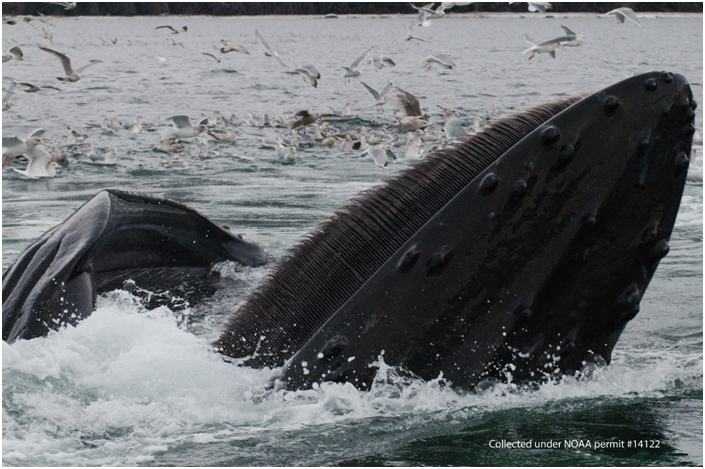 A humpback whale and flock of gulls feed on a school of forage fish and krill in Prince William Sound.
A humpback whale and flock of gulls feed on a school of forage fish and krill in Prince William Sound.




